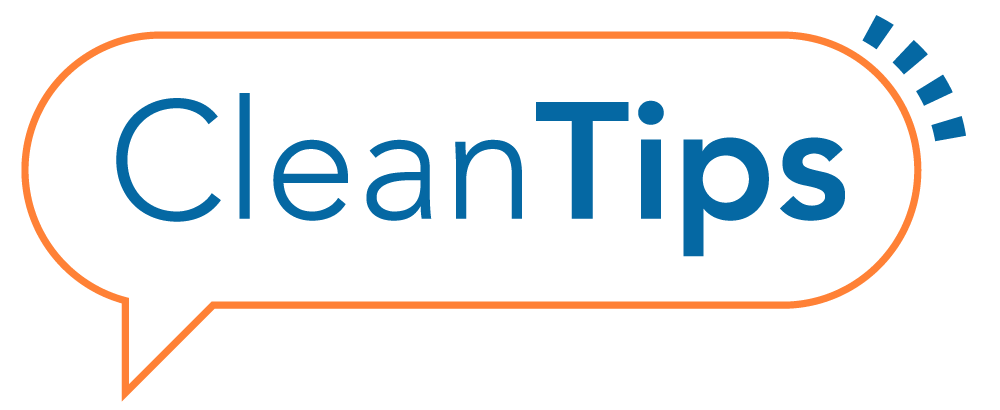What Consumers are Thinking About H1N1 courtesy of Tork
Loading the player ... |
 |
Mike Kapalko, Environmental and Tork Services Manager |
With the constant media coverage about the Novel H1N1 influenza, health and hygiene is on everyone’s minds lately. How does this increased consciousness really affect us?
The focus on preventing the spread of H1N1 impacts both the users of public washrooms and the people who service them. We know that effectively cleaning restrooms, offices, or really any kind of business helps keep germs in check, but most places are only cleaned once or twice a day. It’s what happens in between those cleanings that can really help keep people healthiest.
What do you mean by what happens in between the cleanings? Are you talking about people’s habits?
Absolutely. For example, proper hand washing is a key step in keeping yourself healthy. Tork’s most recent consumer research revealed that 74 percent of Americans say it is unlikely they will contract H1N1 this year. Conversely, the Centers for Disease Control (CDC) predicts that up to 40 percent of Americans could be infected with H1N1 through 2010. Yet 36 percent of people responding to our poll stated they won’t be washing their hands more frequently. Clearly, confusion exists surrounding hygiene and disease prevention.
As you know, the CDC recommends frequent hand washing as the best method for preventing the spread of infection. We’re facing a real challenge when it comes to educating the public about the importance of proper hand washing, especially when using facilities away from home.
So obviously hand washing is essential, especially during this upcoming flu season. Is it that simple?
Proper and frequent hand washing is vital, but equally important is completely drying your hands. Damp hands spread 1,000 times more germs than dry ones. Tork’s consumer research has consistently shown that confusion exists about the most hygienic method of drying one’s hands. Research has found that using paper towels is the only option that actually reduces the number of bacteria on your hands.
Additionally, our research proves consumer misperceptions surrounding the effectiveness of air dryers. Although 43 percent of the survey respondents think warm or high velocity air dryers are the most hygienic method for drying hands, compared to single use paper towels, warm air dryers can actually increase the bacteria on your hands by up to 254 percent.
The first step is to provide consumers and the public with the most hygienic products and tools to keep them safe. An equally important step is to educate them about proper hand washing techniques, which is a priority for Tork.
Aside from actually being sick, how can the spread of H1N1 potentially affect people?
The CDC estimates up to 40 percent of the nation’s workforce could be infected at the height of a pandemic—a pandemic that could severely affect work productivity as a nation. Our poll showed that 77 percent of people felt it would affect their job if they or a family member came down with the virus. Another 36 percent would use paid sick days and 21 percent would have to take unpaid time off. Obviously these are legitimate concerns for workers. But businesses would also suffer through mass absenteeism and decreased productivity levels. Another key issue is the impact large healthcare expenses have on businesses’ bottom lines—from the self-funded plans to higher premiums next year.
It seems like a fairly easy concept to understand. Any other advice?
The key takeaway is to wash your hands frequently and effectively, and then to thoroughly dry them with a paper towel. You can use that towel to turn off the faucets or open the doors to prevent re-contaminating your hands in traditional germ hot spots.
To help illustrate these concepts, we have numerous tools on our Web site at torkusa.com, from posters to calculators to proper hand washing videos, as well as the research and information we discussed today. These are all great tools to help save cost, improve hygiene and minimize your environmental footprint as we move through what could be a very challenging flu season this year.
posted on 10/12/2009


 Celebrating BSCAI's 60th Anniversary eBook
Celebrating BSCAI's 60th Anniversary eBook The Down and Dirty on Cleaning in Virus Season
The Down and Dirty on Cleaning in Virus Season How Surfactant Use is Expanding in Commercial Cleaning
How Surfactant Use is Expanding in Commercial Cleaning